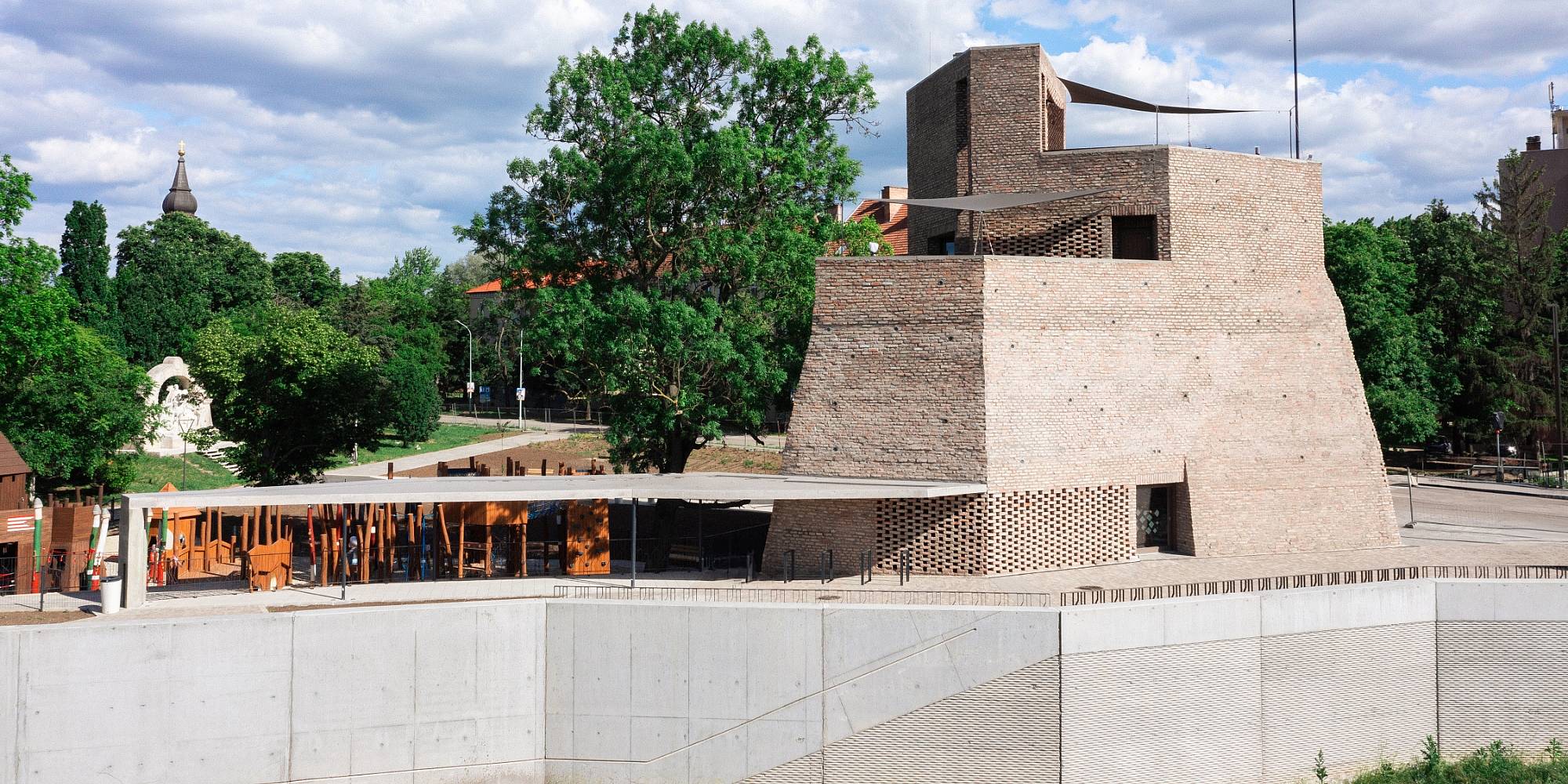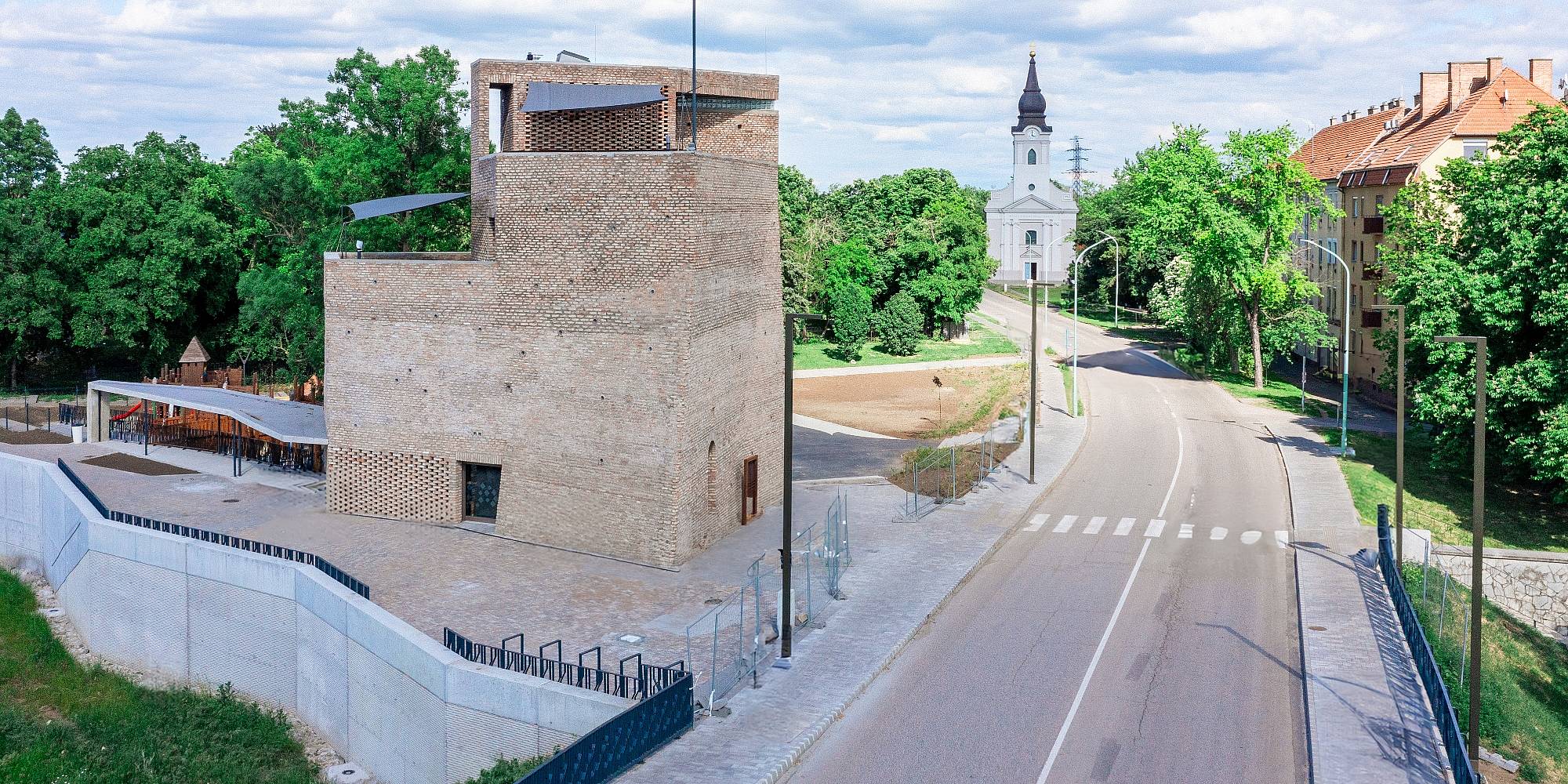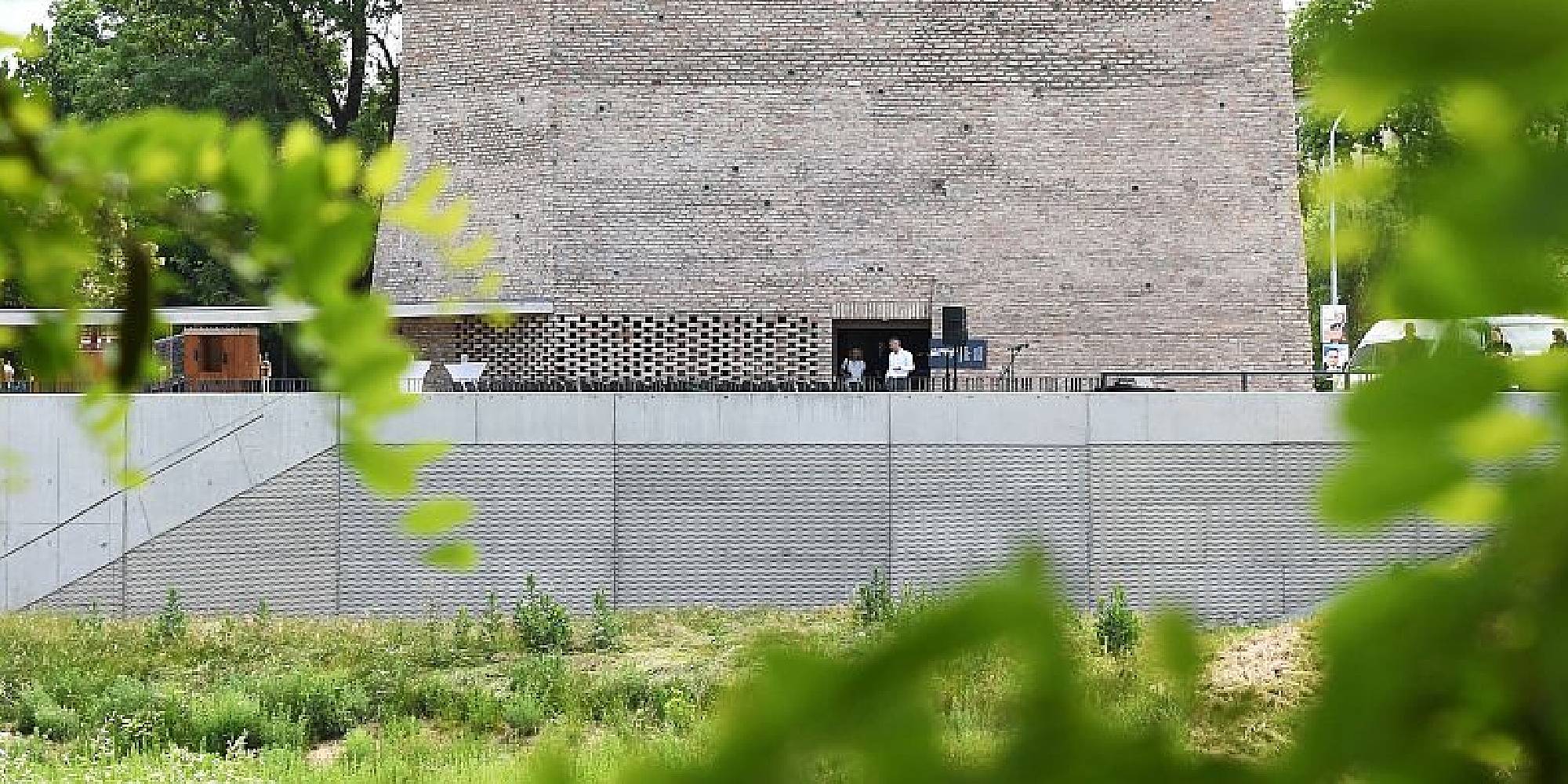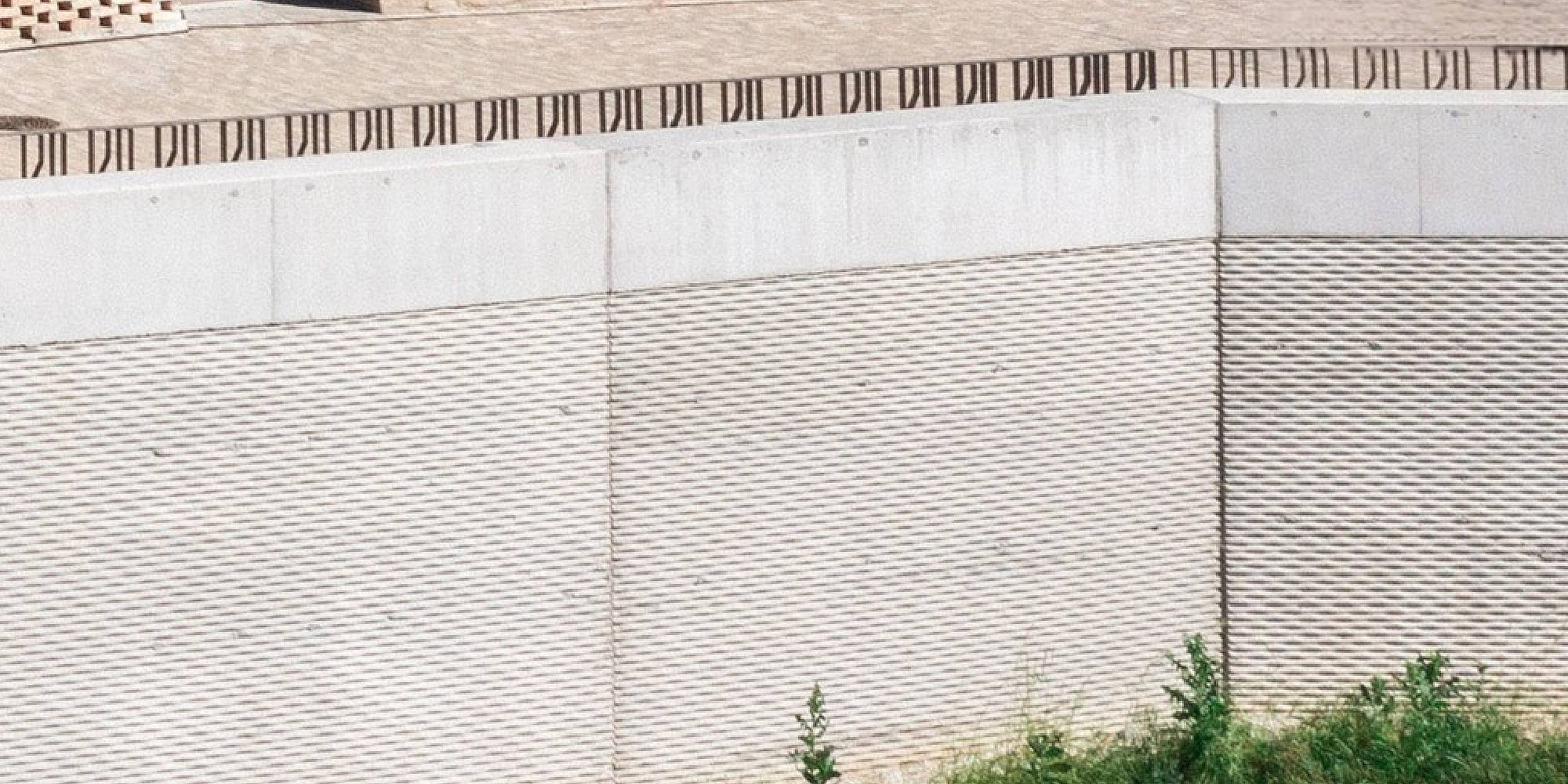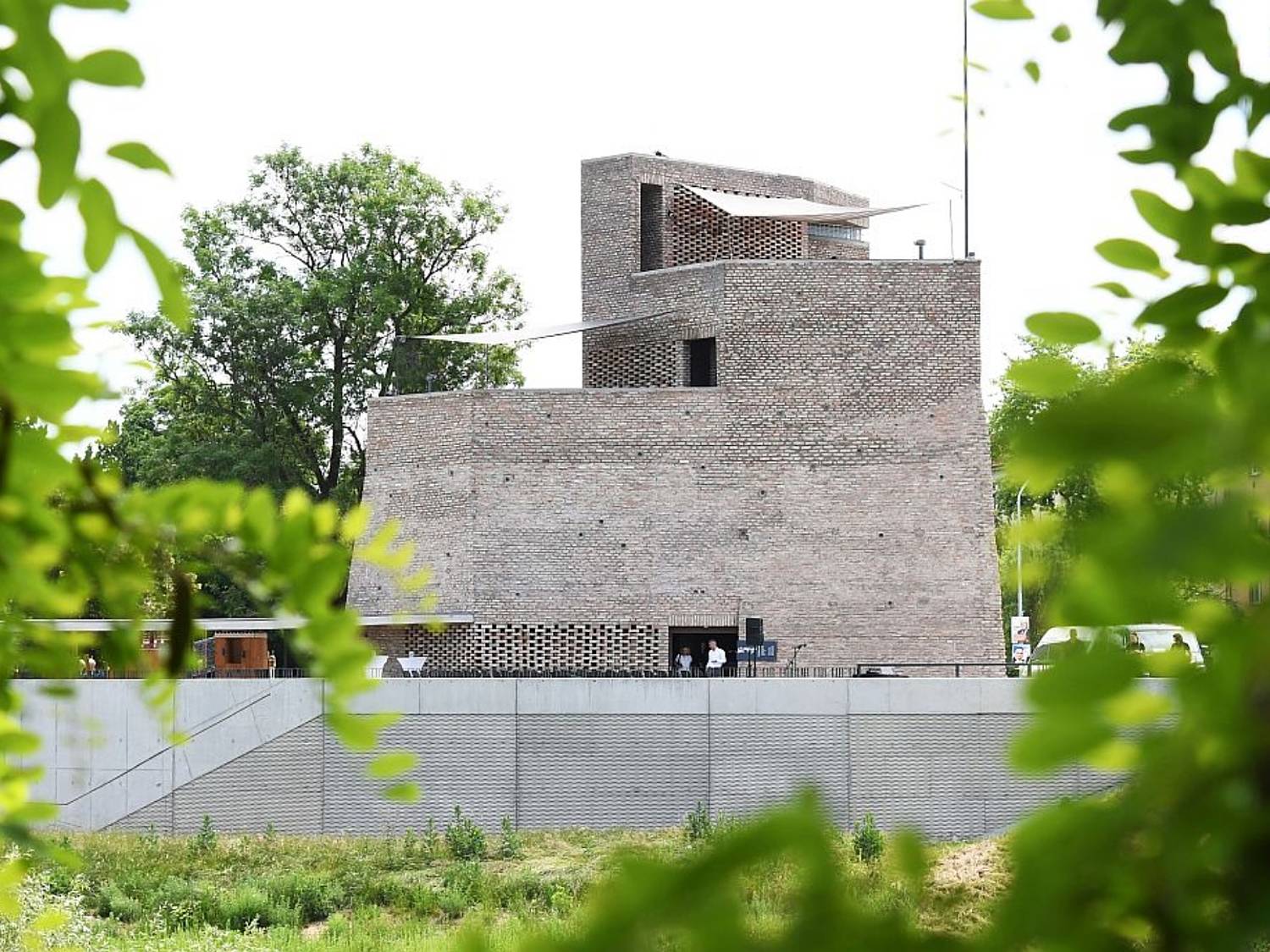Szolnok Castle, Szolnok, Hungary
Modern Protection for a Historic Heritage: The Dam Wall at Szolnok Castle
In the heart of Hungary stands the imposing Szolnok Castle, whose walls have served as a crucial defense point for the city for centuries. Today, the castle is a vibrant museum that transports visitors back in time while enriching the cultural life of the city with modern exhibitions and events.
Throughout its history, the castle has not only witnessed numerous battles but has also endured multiple floods from the Zagyva River, a tributary of the Tisza. This has necessitated the construction of robust protective structures in Szolnok. The newly built 300-meter-long dam wall effectively protects the city from floods while preserving the historic castle located at the confluence of the Zagyva and Tisza Rivers. It elegantly merges the historical significance of the castle with modern flood protection and urban recreational needs.
Historical and Cultural Significance
Szolnok Castle is not just a cultural gem but also a popular destination. It offers visitors insights into the rich history of the region and houses a visitor center that stylizes the former castle's gate tower with modern architectural solutions. Additionally, it features a café, an interactive castle exhibition on the first floor, and an observation deck on the roof. By integrating modern technology into the historic setting, visitors are provided with a unique experience that bridges history and the present.
Combining Modern Technology with Historical Heritage
The dam wall was constructed on-site using 55 square meters of the RECKLI formliner 1/43 Corse. This formliner gives the concrete surface an aesthetically pleasing texture that harmonizes with the historic facade of the castle. While Corse originally runs vertically, here it has been used in horizontal orientation. The resulting 280 square meters of wall structure complement the old stone elements of the castle, offering a modern interpretation that seamlessly blends into the surroundings. The use of RECKLI formliners has achieved a balance between aesthetic appeal and functional necessity, preserving the historic charm of the castle while providing modern protection.
